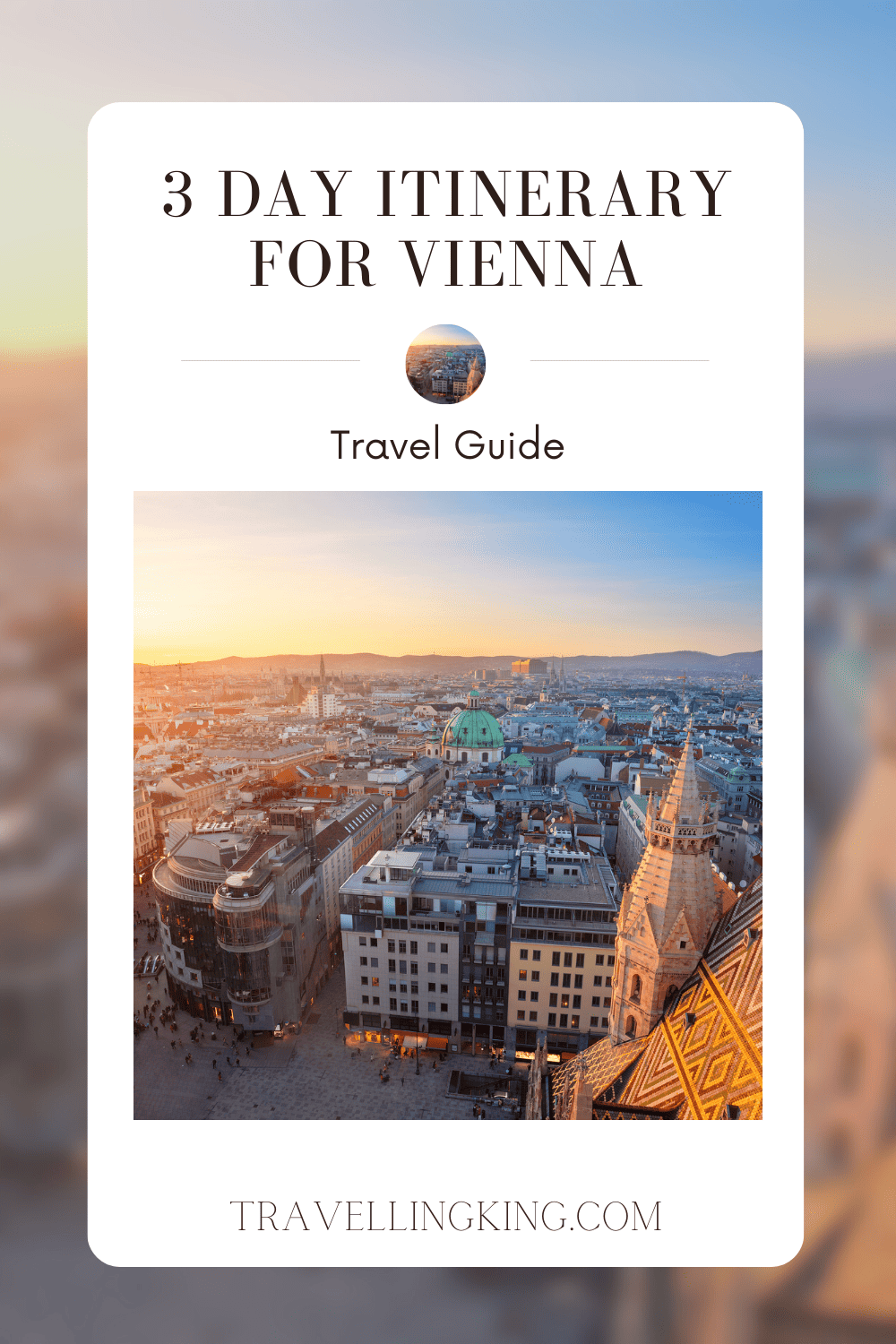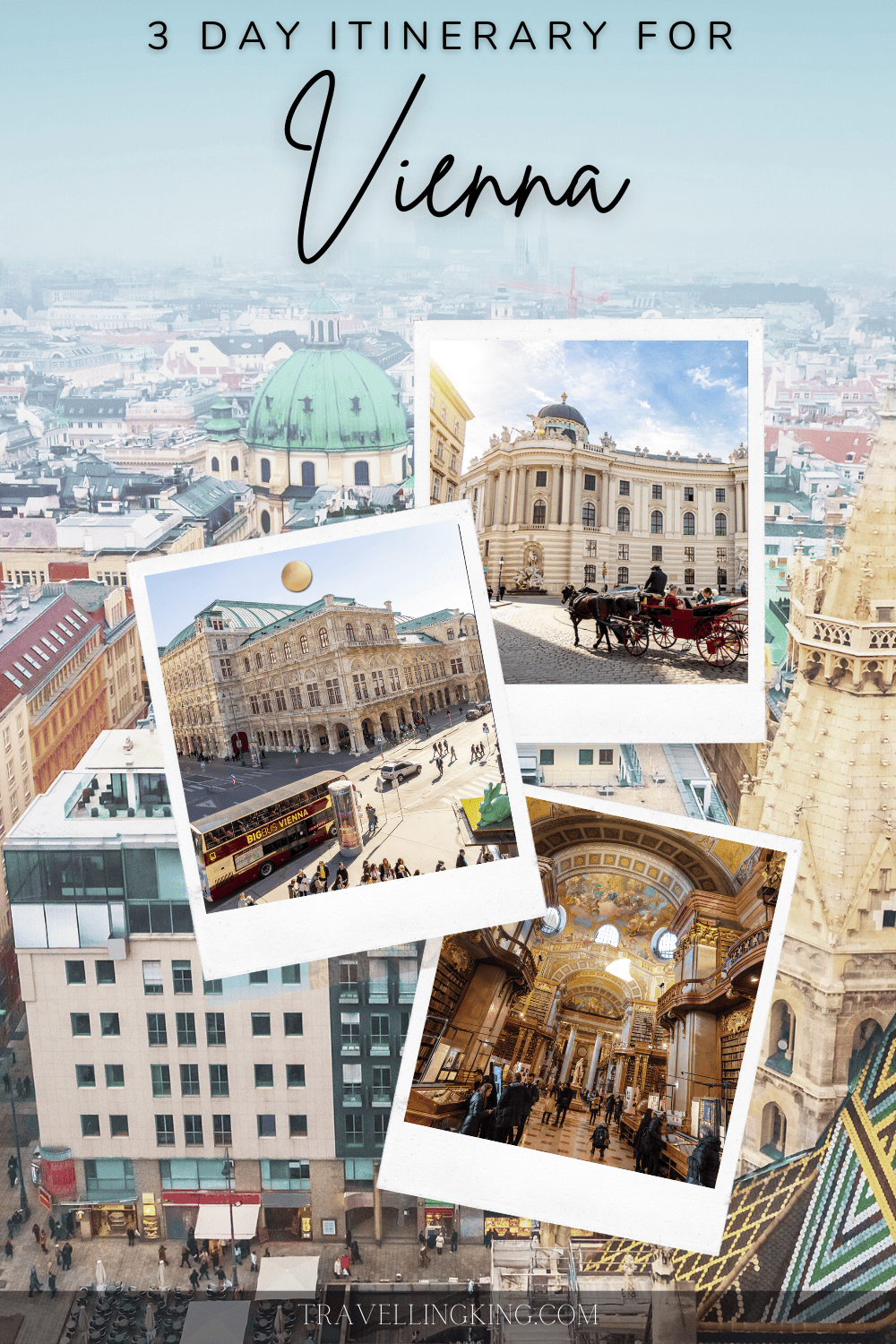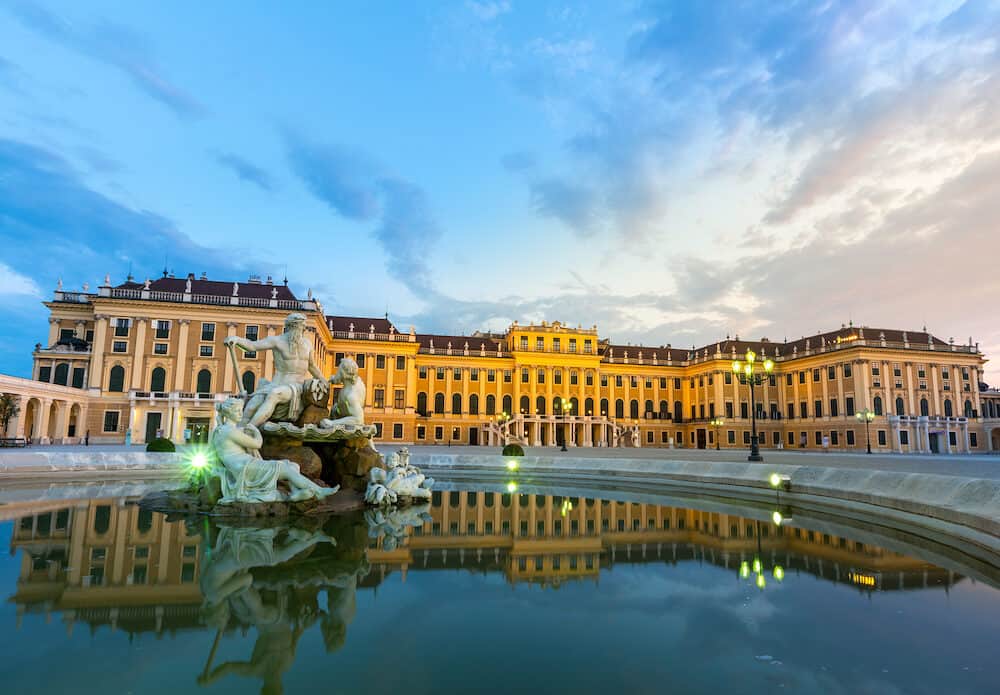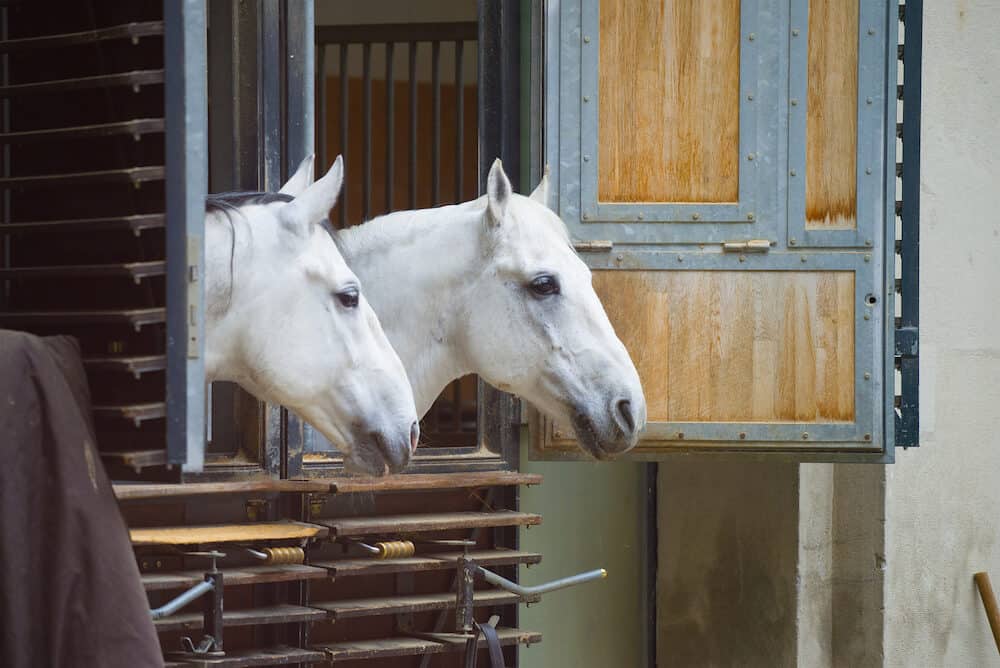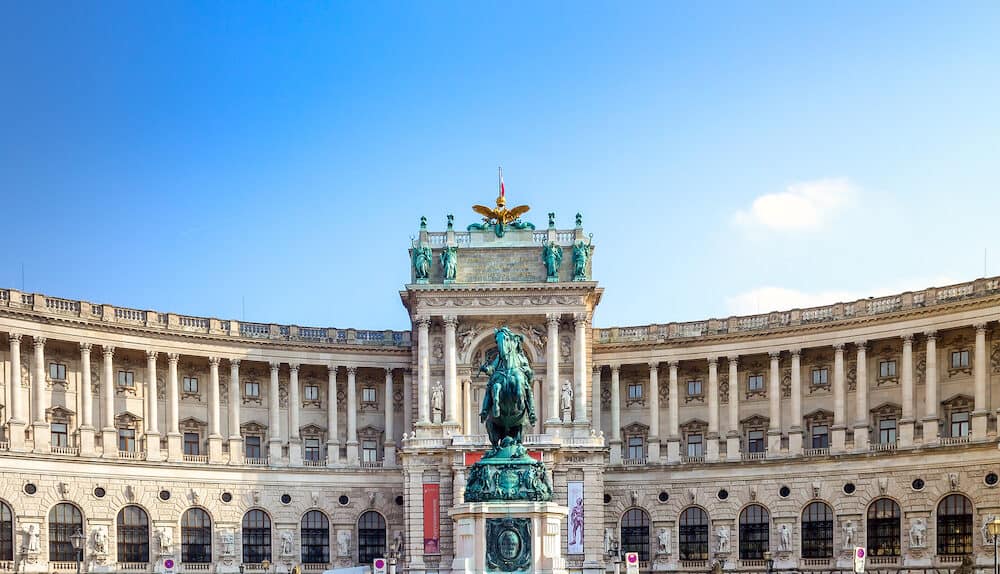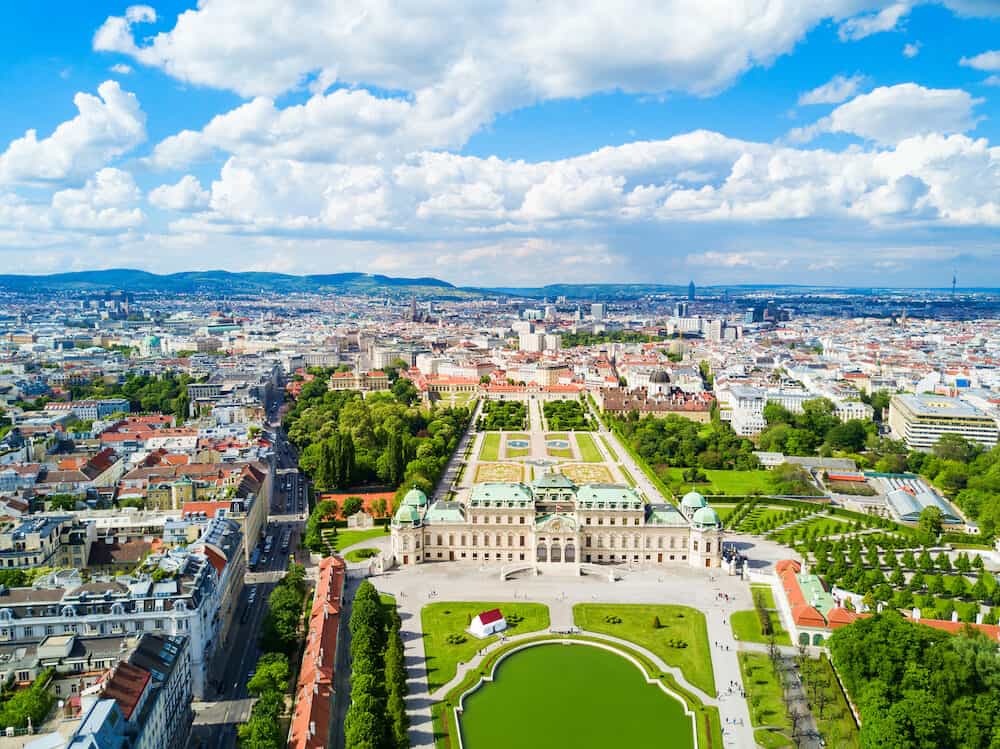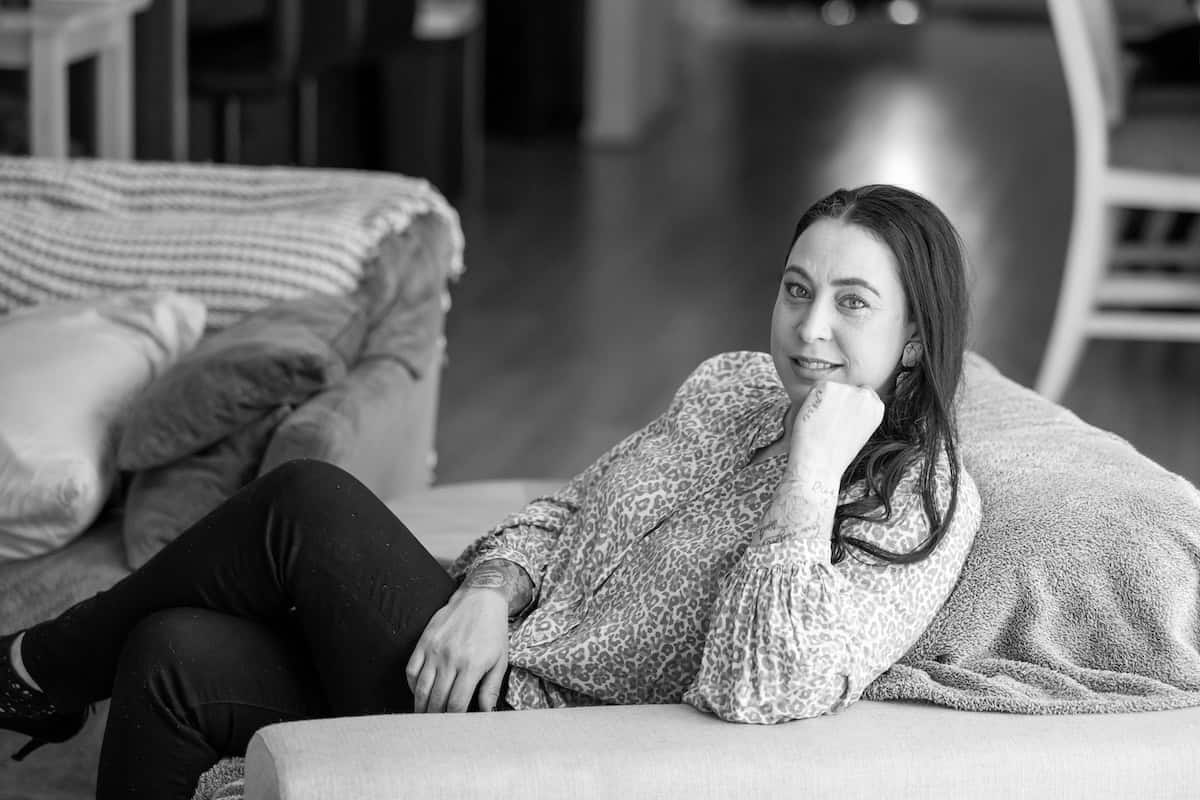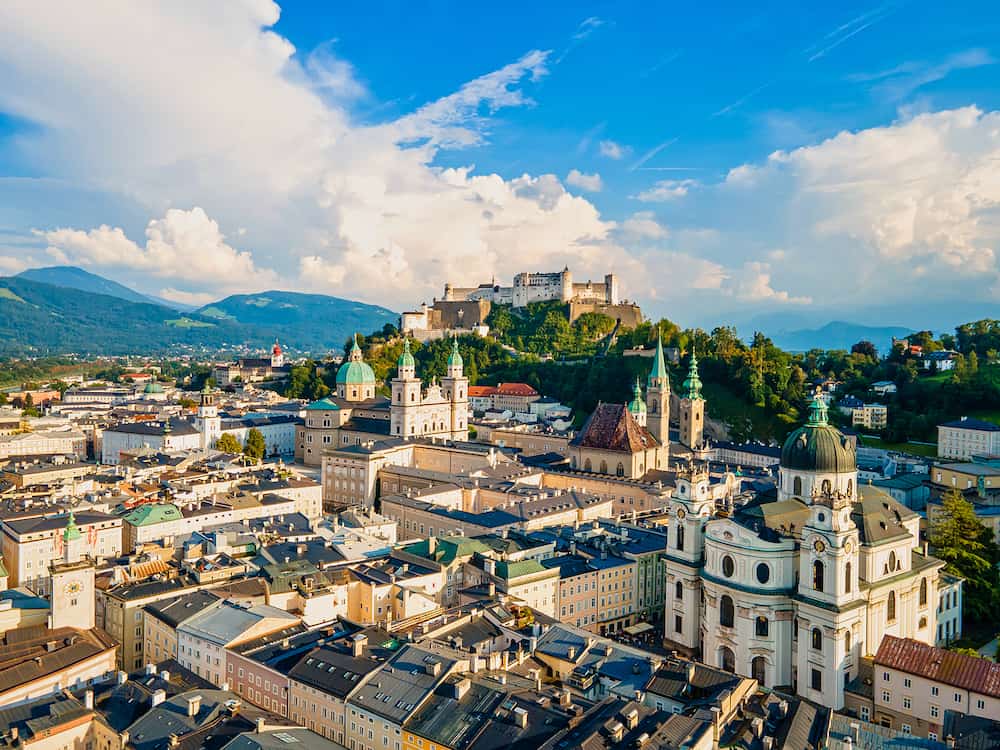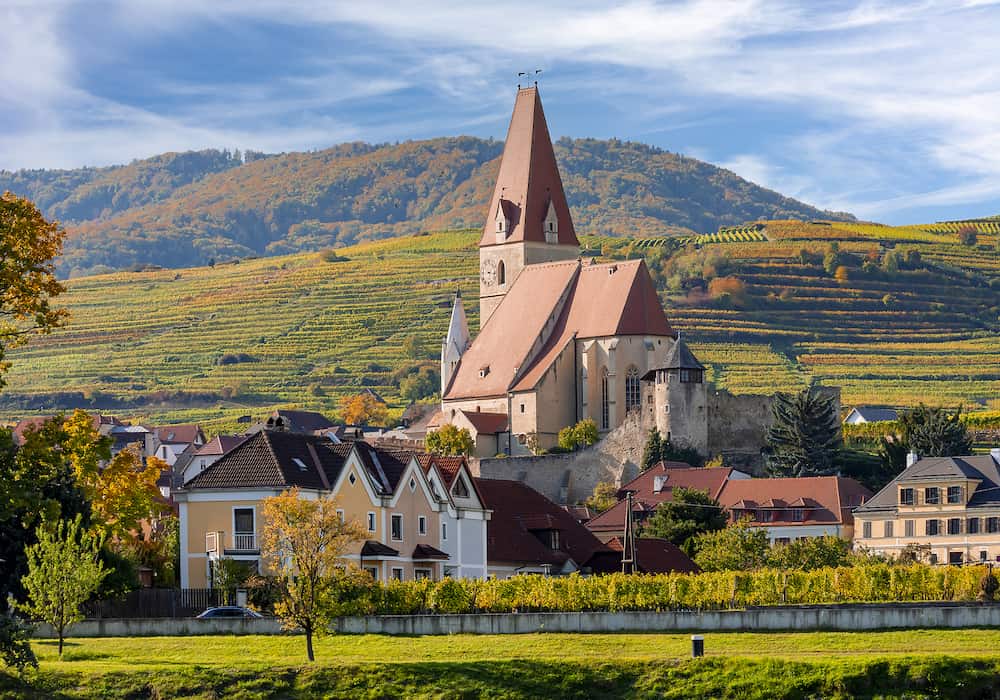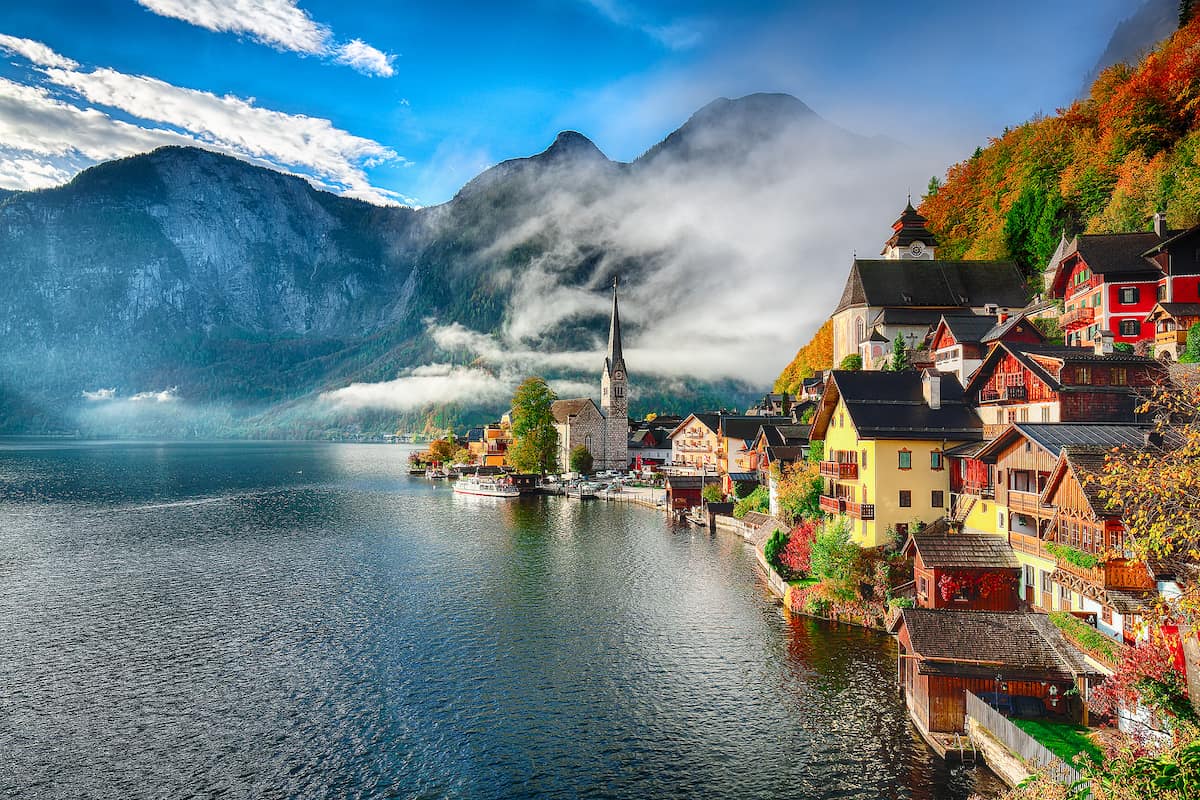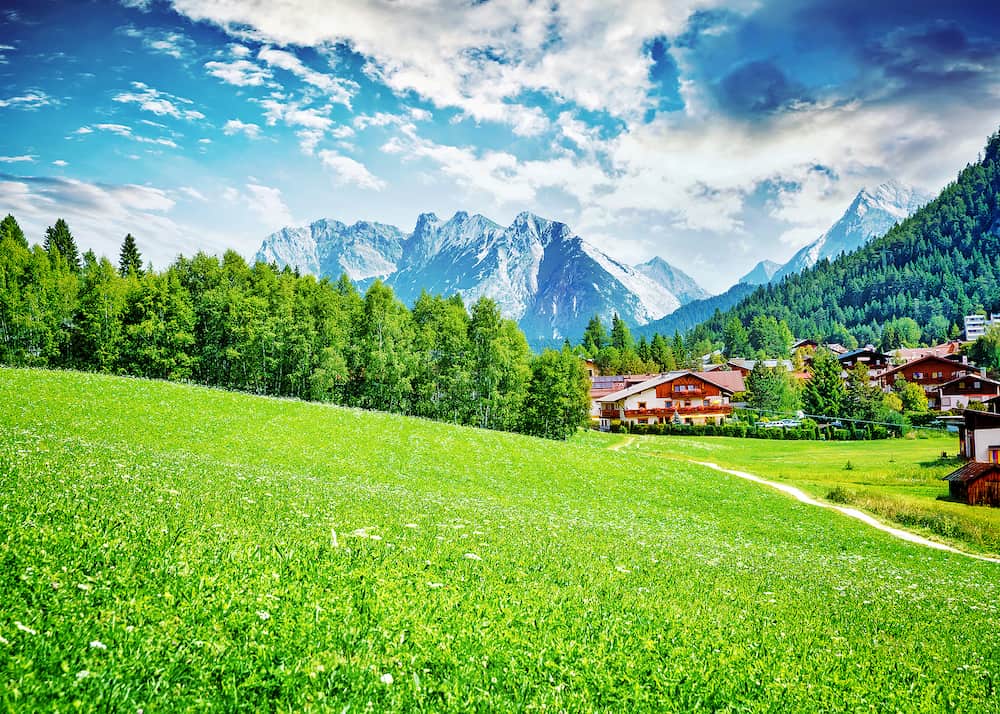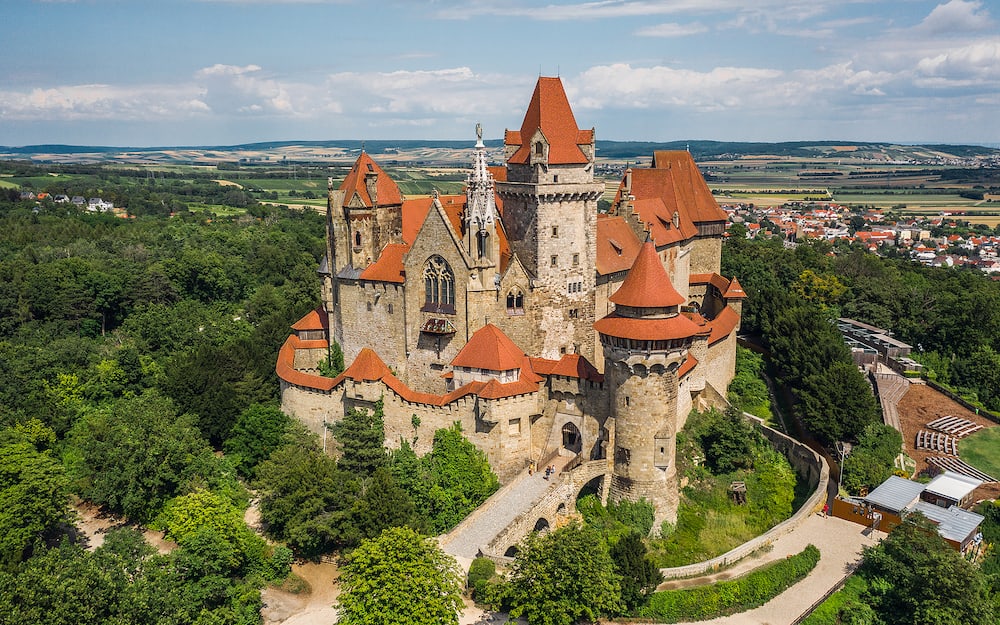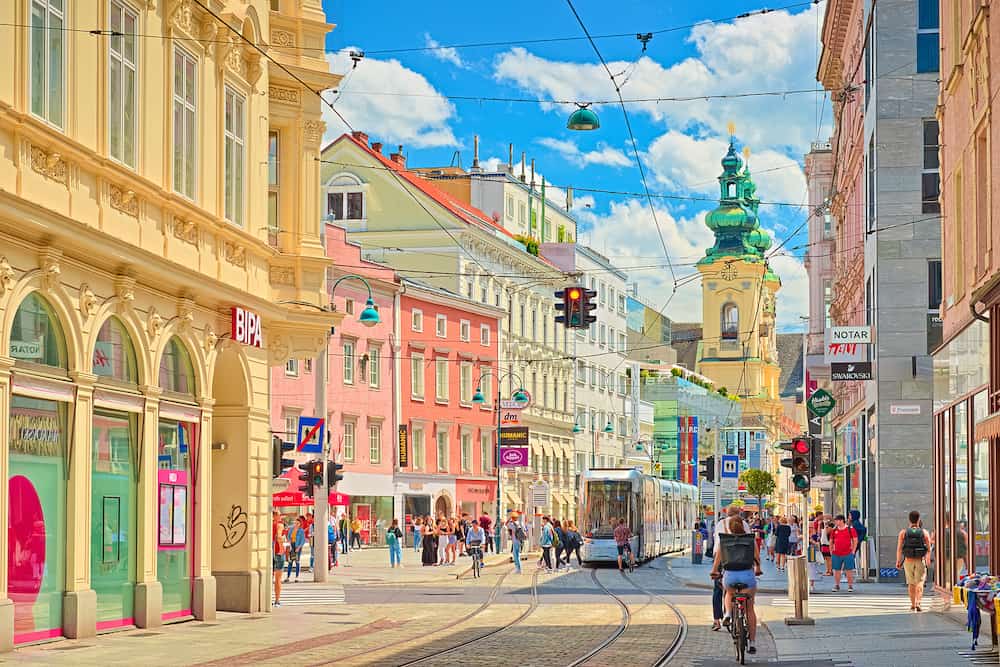3 day itinerary for Vienna
Vienna is an incredible city to explore and discover. I have personally taken a trip to Vienna, and based on that experience I’ve created an amazing 3 day itinerary for travellers who don’t know what to do during their visit!
As a full-time traveller and explorer, I have authority and trustworthiness when it comes to trips like this, so you can be sure that I’ve simply hand-picked the best of the best sights in Vienna.
And with that said, let’s get into the nitty gritty of what your 3 days in Vienna will look like. Whether you love culture or history, this itinerary has got something for everyone.
So, how many days in Vienna? How much time should you set aside? A 3 day itinerary for Vienna will have you covering all of the touristy things, some lesser known areas and is the perfect amount of time to experience authentic Austrian life.
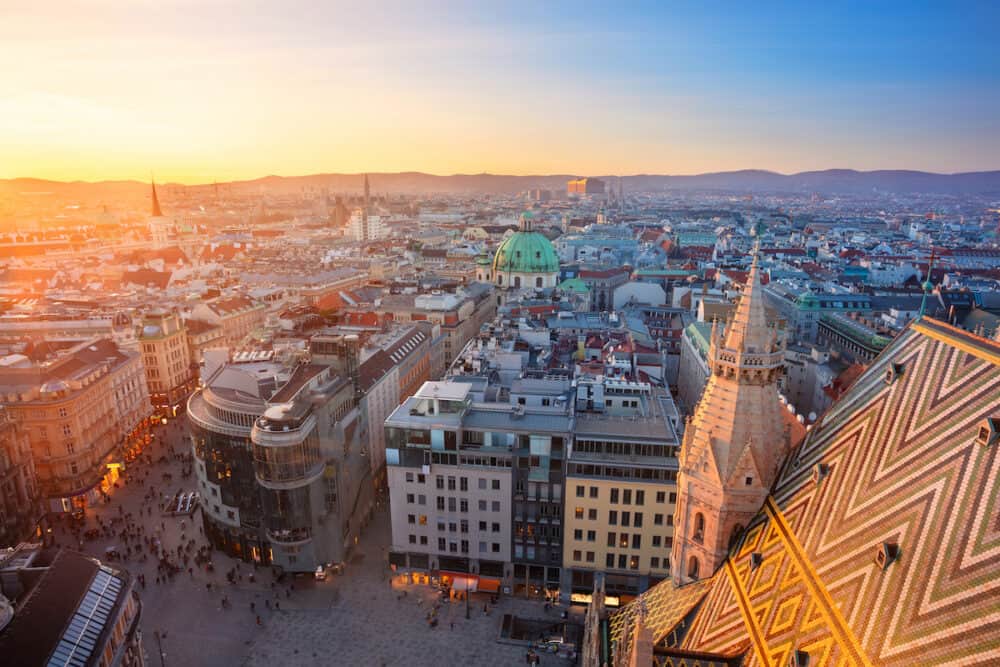
Spring (April to June) is a delightful time to visit Vienna, with pleasant temperatures ranging from 10°C to 20°C (50°F to 68°F). The city blossoms with flowers, and you can enjoy outdoor activities and sightseeing without the crowds of summer.
Winter (November to February) in Vienna is cold, with temperatures ranging from -1°C to 5°C (30°F to 41°F). However, the city becomes enchanting with its Christmas markets, festive decorations, and concerts. If you enjoy winter activities, such as ice skating or visiting traditional coffee houses, this can be the best time for you to visit.
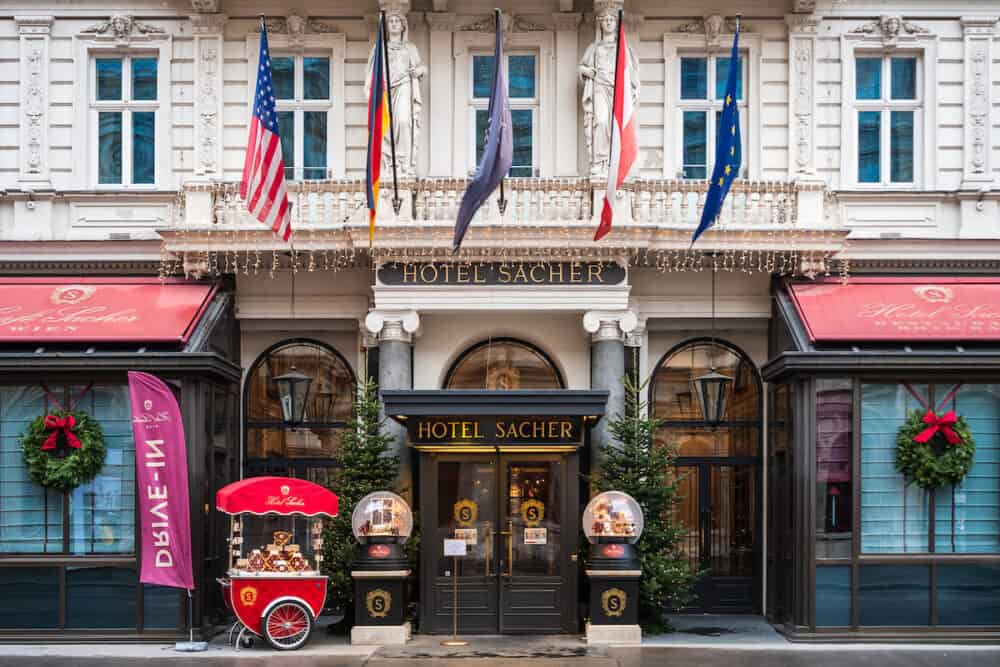
The Innere Stadt is the historic center of Vienna and a UNESCO World Heritage site. Staying here puts you within walking distance of major attractions like St. Stephen’s Cathedral, Hofburg Palace, and the Vienna State Opera. This area offers a mix of luxury hotels, boutique accommodations, and easy access to restaurants, cafes, and shopping.
Located just East of the city center, Leopoldstadt is an up-and-coming district known for its vibrant atmosphere. It is home to the famous Prater amusement park, the iconic Riesenrad Ferris wheel, and the trendy Karmelitermarkt. Leopoldstadt offers a range of accommodations in Vienna and is well-connected to the rest of the city via public transportation.
Neubau is a hip and artistic neighborhood in the 7th district of Vienna. It is known for its trendy shops, art galleries, and lively nightlife. This area is popular among the younger crowd and offers a variety of accommodations, including boutique hotels and stylish apartments. It’s also close to the Museum Quarter and the shopping street Mariahilfer Straße.
Josefstadt is a charming and elegant district known for its beautiful architecture, theaters, and small cafes. It offers a quieter and more residential atmosphere compared to the city center, but still provides easy access to major attractions. Josefstadt is a great choice if you prefer a more relaxed and peaceful stay.
Plan your trip
Save on fees abroad with the Wise Card—use it at ATMs, restaurants, and for flights or hotels in over 150 countries. Manage 40+ currencies in real-time with the Wise app.
Need Help Planning?
- Cheap Flights: Find the best deals.
- Accommodation: From hostels to luxury stays.
- Car Rental: Affordable options worldwide.
- Sightseeing Tours: Explore without breaking the bank.
- Travel Adapter: One adapter for all your needs.
- Travel Insurance: Don’t risk it—stay covered.
This post includes affiliate links. Read my full disclosure and content policy.
Overview Of 3 Days In Vienna Itinerary
Day 1 in Vienna
- Schönbrunn Palace
- Austrian National Library
- Apple Strudel Show
- Vienna State Opera
- Spanish Riding School
- Hofburg Palace
- Belvedere Palace
Day 3 in Vienna
- Kunsthistorisches Museum
- St Stephen’s Cathedral
- Naschmarkt
- Schönbrunn Palace
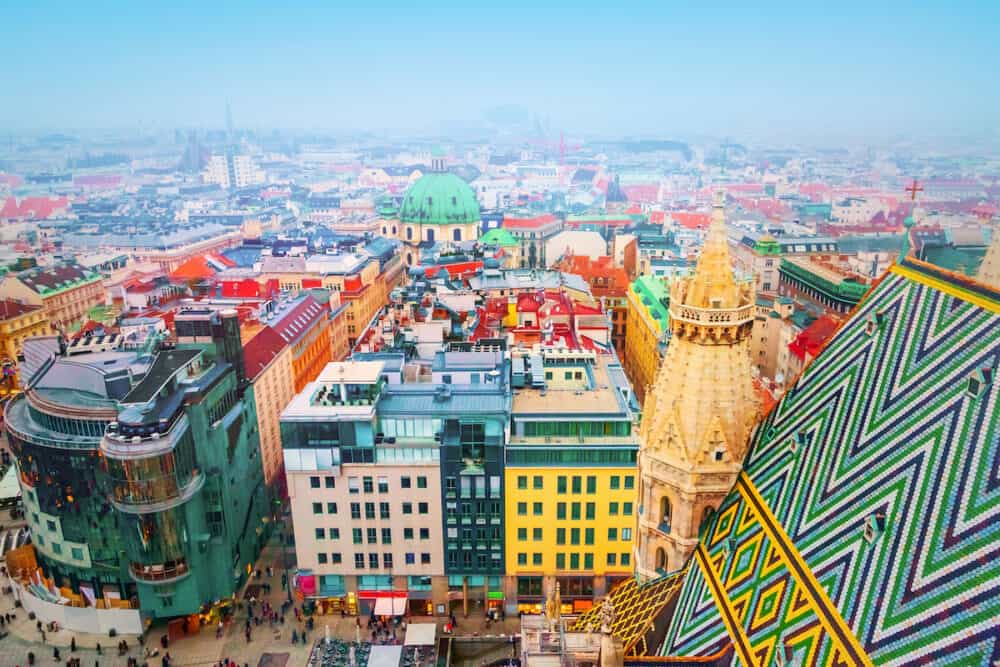
Day 1 in Vienna
You’ll kick off your Vienna 3 day itinerary with a slice of Vienna’s historical splendor.
Schönbrunn Palace
Schönbrunn Palace is one of Vienna’s most iconic landmarks and a UNESCO World Heritage site and can be found in the Hietzing district.
The history of Schönbrunn Palace dates back to the 17th century when it was initially a hunting lodge owned by the Habsburg dynasty. Emperor Leopold I commissioned the construction of a grand palace on the site in the late 17th century.
However, the palace took its current form and grandeur under Empress Maria Theresa in the 18th century. It served as the summer residence of the Habsburgs and became a significant cultural and political center.
Schönbrunn Palace showcases an exquisite blend of architectural styles, primarily Baroque with some Rococo and Neoclassical influences. The palace features a striking yellow façade adorned with elaborate decorations and ornamental details.
The interior of the palace is equally stunning, with lavishly decorated rooms, magnificent frescoes, and intricately designed furniture.
The palace is surrounded by vast and meticulously maintained gardens, covering an area of 1.2 square kilometers (280 acres). The gardens are laid out in a symmetrical French Baroque style, with ornate fountains, statues, and beautifully landscaped flower beds.
The highlight of the gardens is the Great Parterre, an impressive formal garden with geometric patterns. Visitors can explore the numerous paths, flower gardens, and hidden gems throughout the park, including the Gloriette, a hilltop triumphal arch offering panoramic views of Vienna.
You can take guided tours of the palace to explore the opulent rooms, including the imperial apartments, the Great Gallery, and the Mirror Room where Mozart performed as a child.
Don’t forget to pass the orangery (an impressive greenhouse that houses a collection of exotic plants) and pretend you’re picking your own oranges like Charlotte from Bridgerton.
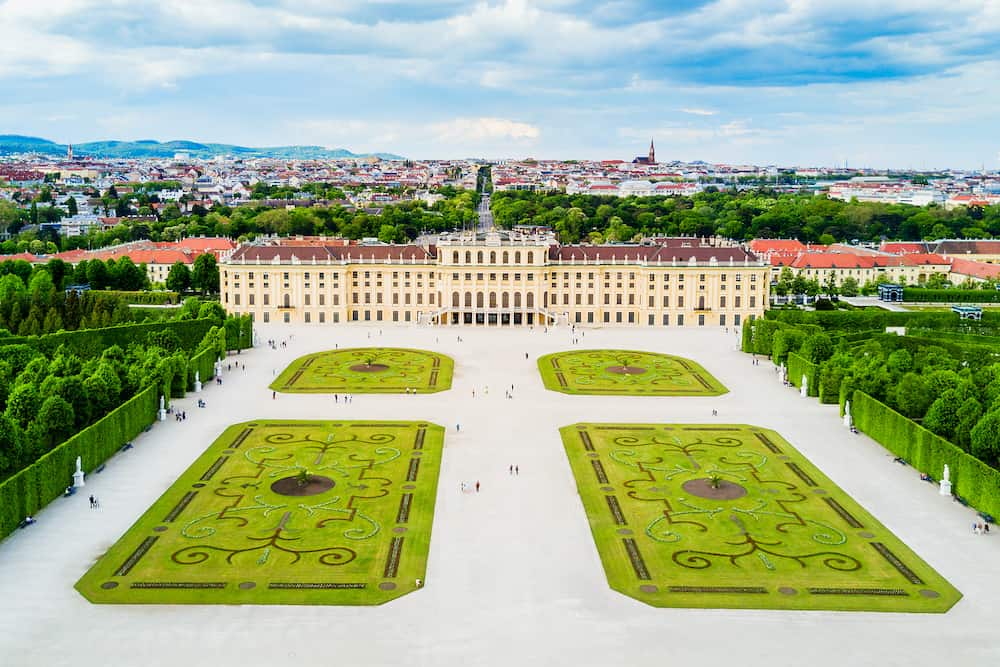
Austrian National Library
Next up on the agenda is the Austrian National Library – one of the most impressive libraries in the world and a cultural treasure located in Vienna, Austria. Book lovers, this one’s for you.
The Austrian National Library has a history dating back to the 14th century. It was originally founded in 1368 by Duke Rudolph of Austria as the Court Library (Hofbibliothek) and housed in the Hofburg Palace.
Over the centuries, the library grew significantly through acquisitions, donations, and legal deposits. In 1920, it became the national library of Austria.
The library is housed in the magnificent State Hall (Prunksaal), a stunning masterpiece designed by the architect Johann Bernhard Fischer von Erlach. Completed in 1726, the State Hall is renowned for its grandeur, opulent decorations, and architectural elegance.
The ceiling frescoes by Daniel Gran depict various allegorical and historical themes, while the marble statues represent the great thinkers and scholars of history. The room is adorned with gilded bookcases containing a vast collection of books.
The Austrian National Library holds an extensive collection of books, manuscripts, maps, and other valuable documents. It houses over 12.5 million items, including rare and unique treasures.
The collection encompasses works from various periods and disciplines, making it a significant resource for researchers, scholars, and bibliophiles. Notable holdings include the famous “Prayer Book of Emperor Maximilian” and the “Vienna Genesis,” an illuminated manuscript dating back to the 6th century.
Within the Austrian National Library, there is a fascinating Globe Museum (Globenmuseum) that showcases an extensive collection of terrestrial and celestial globes. The museum exhibits globes from different eras, highlighting the historical development of cartography and the exploration of the world.
Go on, get lost exploring the library just as you do when you read and transport yourself to a different world.
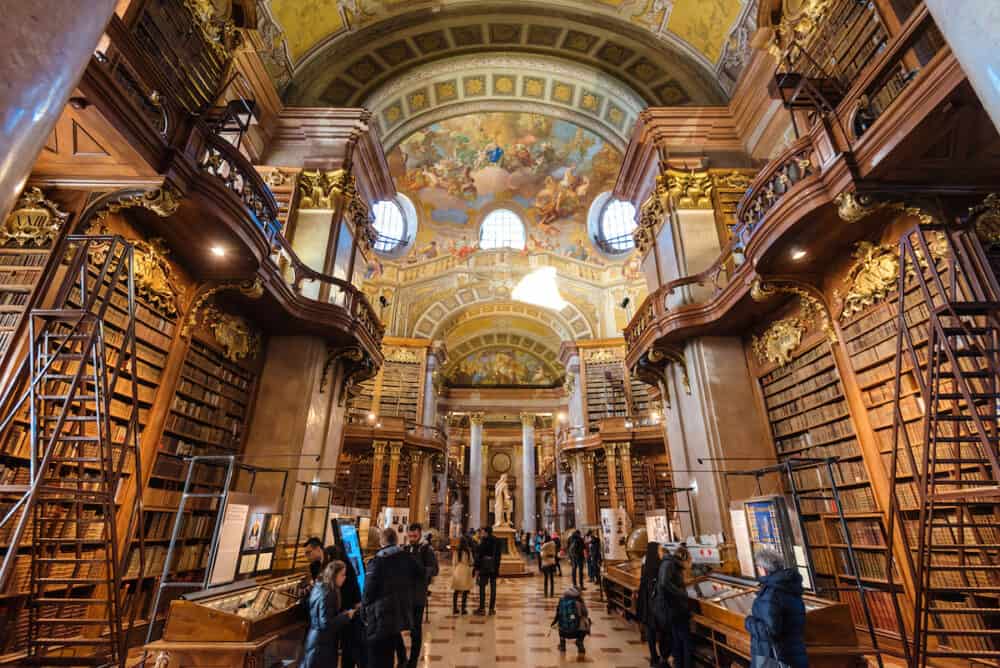
Apple Strudel Show
It’s time for a break and a stop for afternoon tea… The Apple Strudel Show, or Apfelstrudelshow in German, is a delightful culinary experience in Vienna that allows visitors to witness the traditional preparation of Austria’s famous apple strudel, while also enjoying a delicious slice of this classic pastry.
The Apple Strudel Show takes place in various venues throughout Vienna, including bakeries, restaurants, and dedicated strudel demonstration centers. These locations are often designed to provide an intimate and cozy atmosphere, where visitors can observe the strudel-making process up close.
During the show, a skilled pastry chef or strudel expert guides the audience through the step-by-step process of creating an authentic apple strudel. The chef shares insights, techniques, and anecdotes about the history and cultural significance of this beloved Austrian dessert.
The demonstration typically includes working with thin layers of dough, stretching it to achieve the desired thickness, preparing the apple filling, and expertly rolling the strudel.
The highlight of the Apple Strudel Show is, of course, the opportunity to savor a freshly baked slice of warm apple strudel, accompanied by a scoop of vanilla ice cream, a dollop of whipped cream, or a drizzle of vanilla sauce. Hope you’re hungry!
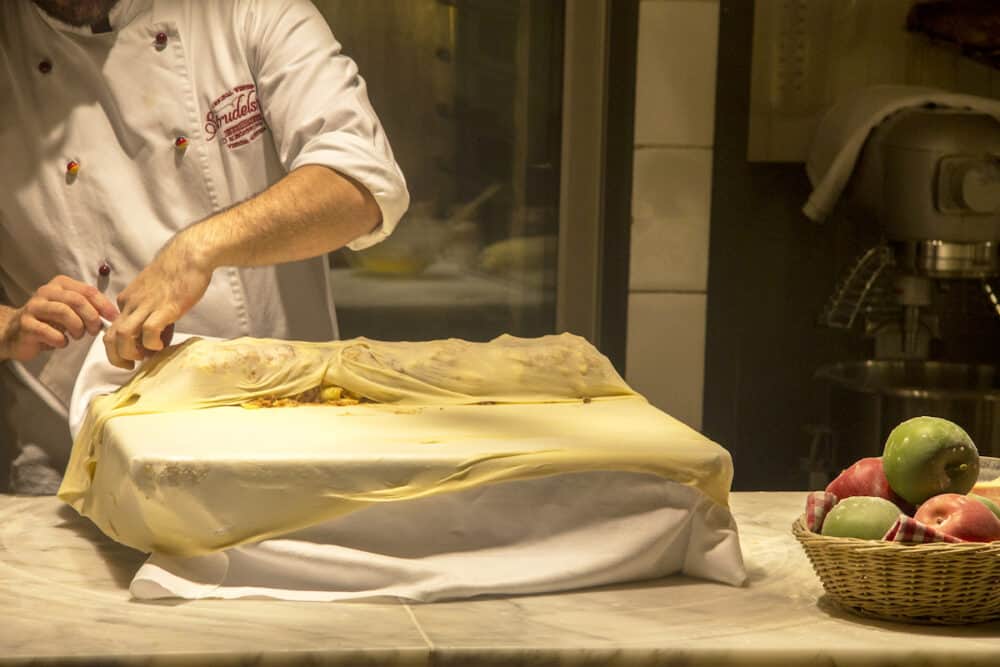
Vienna State Opera
As your first day in Vienna comes to a close, finish it off in typical Austrian flamboyance by attending the opera. The Vienna State Opera, known as the Wiener Staatsoper in German, is one of the world’s most renowned opera houses and a cultural landmark.
The Vienna State Opera has a history dating back to the mid-19th century. It was officially opened in 1869 with a performance of Mozart’s “Don Giovanni.”
The opera house’s architecture is a stunning example of neo-Renaissance style, designed by the architects August Sicard von Sicardsburg and Eduard van der Nüll. The grand façade features intricate details, sculptures, and a majestic main entrance.
The Vienna State Opera boasts multiple performance venues within the building. The main auditorium is opulently decorated with chandeliers, gilded ornamentation, and plush seating. It can accommodate over 2,200 spectators.
Additionally, there are several smaller stages, including the Schwind Foyer and the Mahler Hall, where chamber concerts, recitals, and special performances take place.
The Vienna State Opera is renowned for its extensive repertoire and high artistic standards. It stages a diverse range of operas, from classic works by composers such as Mozart, Verdi, and Wagner to contemporary productions.
The company attracts world-class singers, conductors, and directors, ensuring exceptional performances. In addition to opera, the Vienna State Opera is also home to the Vienna State Ballet, which presents a rich program of ballet performances throughout the year.
One unique feature of the Vienna State Opera is the availability of standing room tickets (Stehplatz) for performances. These tickets are affordable and allow visitors to experience world-class opera at a lower cost.
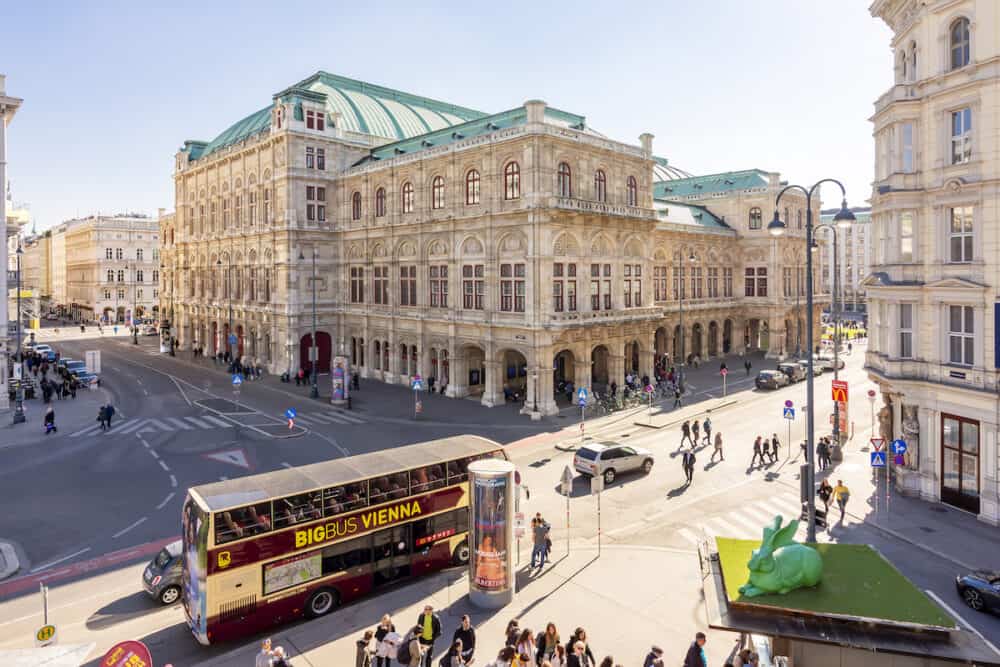
Day 2 in Vienna
Spanish Riding School
Pull out your boots, and tack up, because you’re starting today off in horse country. The Spanish Riding School, or Spanische Hofreitschule in German, is an iconic institution located in Vienna, Austria. It is renowned worldwide for its classical dressage performances and the training of Lipizzaner horses.
The Spanish Riding School has a history that dates back more than 450 years. It was founded in 1572 and initially served as the royal court’s equestrian academy during the reign of Emperor Maximilian II.
The school took its name from the Spanish horses that were initially bred for the royal Habsburg court. Over the centuries, the school has remained dedicated to preserving and promoting the art of classical dressage.
It is closely associated with the famous Lipizzaner horses, a breed known for their elegance, intelligence, and grace. As well as their iconic snow coats. These horses have been bred and trained at the Piber Stud Farm in Austria since the 18th century.
The school maintains a herd of Lipizzaner stallions and mares, and the horses are trained using traditional methods to perform intricate and precise dressage movements.
The highlight of the Spanish Riding School is its stunning public performances, where the riders and their Lipizzaner horses demonstrate their exceptional skills in classical dressage.
The performances showcase the harmony between horse and rider, featuring movements such as the levade, capriole, and pirouette. The riders, dressed in traditional attire, display incredible finesse, control, and artistry.
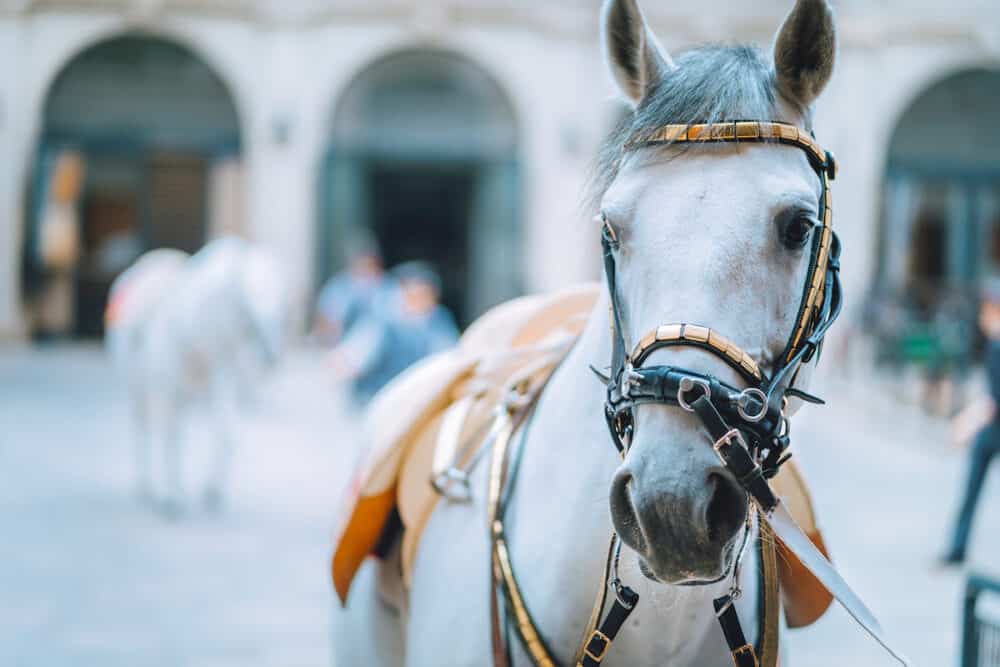
The Hofburg Palace
Sticking with the traditional parts of Austrian culture, you’ll continue your journey through to the Hofburg Palace, a significant complex that served as the imperial residence of the Habsburg dynasty for over six centuries.
It started as a medieval fortress, gradually expanding over the centuries to become a grand imperial residence. The palace complex showcases a diverse range of architectural styles, including Gothic, Renaissance, Baroque, and Rococo, reflecting the various periods of expansion and renovations it underwent.
The palace complex is vast and consists of numerous buildings, wings, and courtyards. Some of the notable structures within the Hofburg Palace include the Imperial Apartments, the Sisi Museum, the Silver Collection, the Hofburg Treasury, and the Austrian National Library. Each building offers unique insights into the history, art, and culture of the Habsburg Empire.
The Imperial Apartments provide a glimpse into the lavish lifestyle of the Habsburg rulers. These opulent living quarters were once occupied by Emperor Franz Joseph I and Empress Elisabeth (Sisi).
The rooms are adorned with exquisite furniture, elaborate decorations, and valuable artworks, offering visitors a glimpse into the private lives of the imperial family.
The Sisi Museum is dedicated to Empress Elisabeth, often referred to as Sisi. The museum presents an intriguing exhibition that explores her life, personality, and impact on Viennese society.
Visitors can see personal belongings, including her dresses, accessories, and correspondence, shedding light on her interests, struggles, and the era in which she lived.
The Hofburg Treasury houses a remarkable collection of imperial treasures, including the regalia, crowns, and insignia of the Holy Roman Empire and the Austrian Empire.
The treasury exhibits an impressive array of precious jewels, gold and silver artifacts, religious relics, and other priceless objects that showcase the wealth and power of the Habsburg rulers.
Spend a good amount of time here if you can because it’s well worth it.
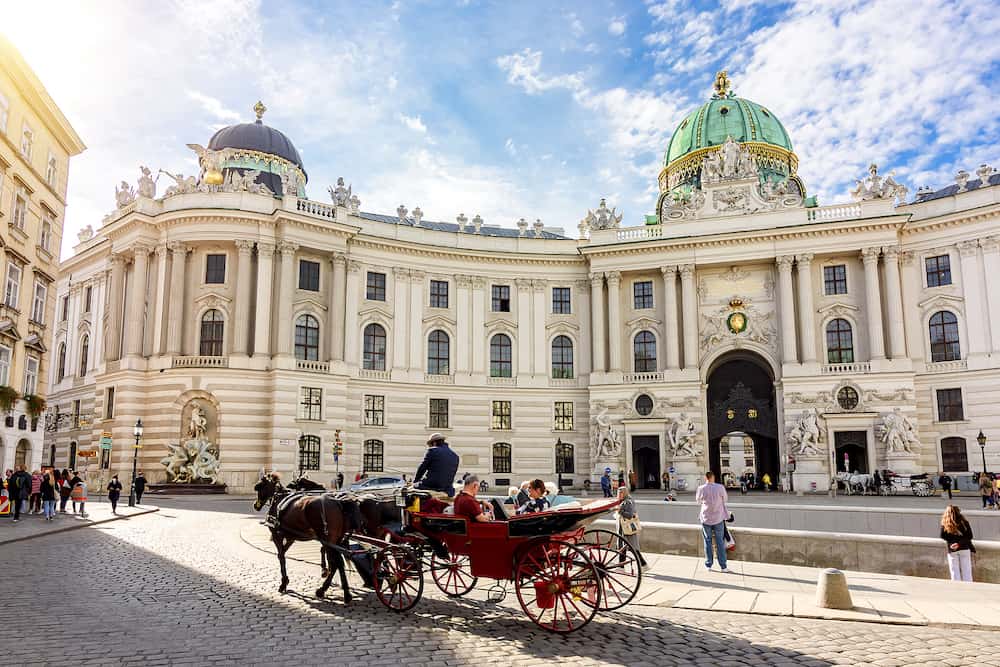
Belvedere Palace
Today’s been busy, but there’s one more place to visit before you call it a day. You’re in for another treat with this one. Belvedere Palace, located in Vienna, Austria, is a magnificent Baroque complex consisting of two palaces, the Upper Belvedere and the Lower Belvedere, along with a beautiful garden.
Belvedere Palace was built in the 18th century as a summer residence for Prince Eugene of Savoy, a prominent military commander and art collector. The palace complex was designed by renowned Baroque architect Johann Lucas von Hildebrandt.
Its architectural style showcases the grandeur and elegance of the Baroque period, with elaborate facades, curved staircases, decorative sculptures, and ornate interiors.
The Upper Belvedere is the larger and more prominent of the two palaces. Its centerpiece is the stunning Marble Hall, a grand ceremonial room adorned with marble columns, and gilded decorations.
The Upper Belvedere houses an impressive collection of Austrian art from the Middle Ages to the present day, including works by Gustav Klimt, Egon Schiele, and Oskar Kokoschka.
The Lower Belvedere, located closer to the city center, was originally intended for private use. It features a more intimate and residential atmosphere compared to the Upper Belvedere.
The palace contains beautifully furnished rooms, including the Golden Room, which serves as a venue for special exhibitions. The Lower Belvedere also hosts a range of contemporary art exhibitions, showcasing works by both established and emerging artists.
The gardens surrounding Belvedere Palace are a masterpiece of landscape architecture. They are divided into two levels: the Upper Garden and the Lower Garden. The Upper Garden features manicured lawns, fountains, sculptures, and flowerbeds, providing a serene setting for leisurely strolls.
The Lower Garden, designed in a more naturalistic style, offers winding paths, ponds, and hidden corners, creating a peaceful and picturesque escape.
What a wonderfully relaxing way to close day 2 of these three days in Vienna.
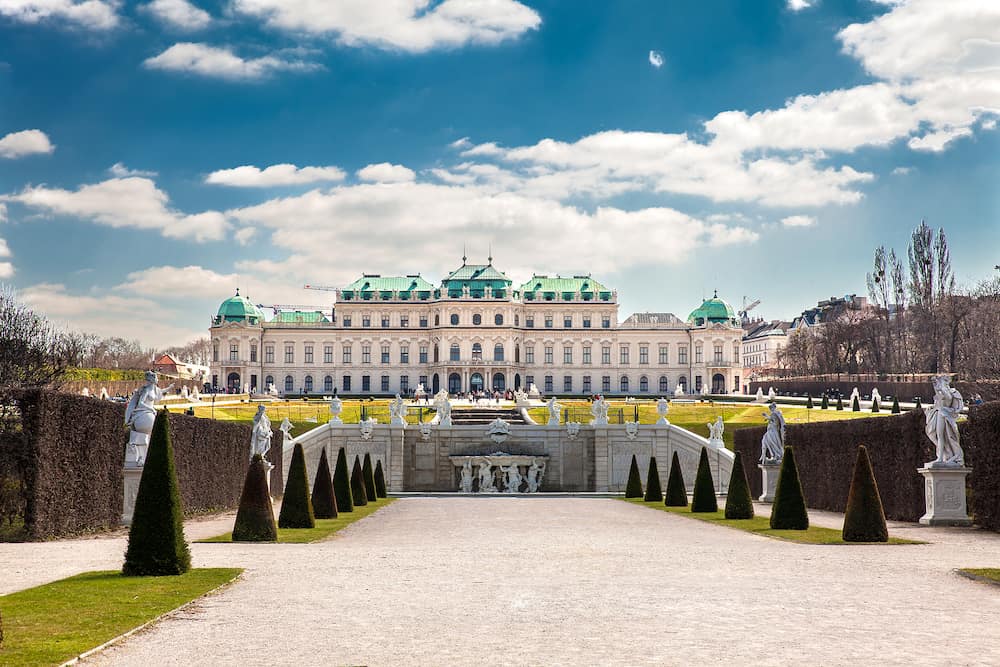
Day 3 in Vienna
Kunsthistorisches Museum
After a good brekkie, you’ll begin your final day in Vienna, Austria at the Kunsthistorisches Museum. You would’ve noticed by now that Vienna loves its palaces and architecture, taking every opportunity to showcase their masterful work, as they should!
The Kunsthistorisches Museum was established in 1891 to house the vast art collection of the Habsburg monarchy.
The museum building itself is an architectural masterpiece, designed in the neoclassical style by Gottfried Semper and Karl von Hasenauer. Its grand exterior features intricate detailing, monumental staircases, and a central dome, creating a sense of grandeur and elegance.
The museum’s collections span a wide range of artistic disciplines and time periods. They include paintings, sculptures, decorative arts, antiquities, and a vast numismatic collection.
The artworks in the museum date from ancient Egypt and the classical civilizations of Greece and Rome to the Renaissance, Baroque, and beyond.
The Kunsthistorisches Museum is particularly renowned for its collection of European paintings, which features works by some of the greatest masters in art history.
Visitors can admire masterpieces by artists such as Pieter Bruegel the Elder, Vermeer, Rembrandt, Raphael, Caravaggio, Titian, and Velázquez. The museum’s collection spans a wide range of styles, from the Flemish and Dutch Golden Age to the Italian Renaissance and the Spanish Baroque.
The museum regularly hosts temporary exhibitions that explore specific themes, artists, or periods of art history. These exhibitions offer you the opportunity to engage with a wide range of topics, from contemporary art to archaeological discoveries.
Additionally, the museum organizes lectures, concerts, and other cultural events that enrich your experience.
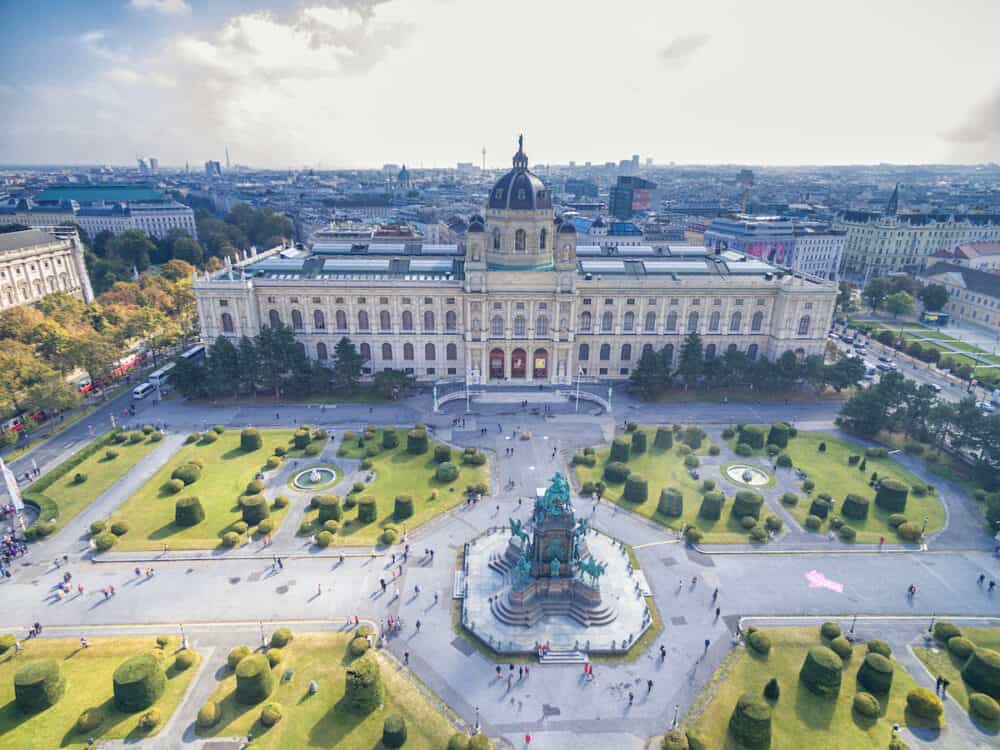
St. Stephen’s Cathedral
As your journey around Vienna comes to a close, now is a great time to visit St. Stephen’s Cathedral. It has witnessed numerous renovations and additions over the centuries, blending Gothic, Romanesque, and Baroque architectural elements (bet you’re used to those styles by now).
The cathedral’s most distinctive feature is its South tower, which reaches a height of 136 meters and offers panoramic views of Vienna.
The interior of St. Stephen’s Cathedral is equally awe-inspiring. Visitors can explore the grand nave, adorned with intricate stone carvings, statues, and beautiful stained glass windows.
The cathedral houses numerous chapels, each with its unique artistic and historical significance. The most famous of these is the Wiener Neustadt Altar, a masterpiece of medieval wood carving.
One of the highlights of St. Stephen’s Cathedral is the Pummerin Bell, which is located in the South tower. The bell weighs over 20 tons and is one of the largest bells in Europe. Its deep, resonant tones can be heard throughout Vienna on special occasions and religious celebrations.
Ready for an ethereal experience? You can descend into the catacombs and crypts below the church. The catacombs contain the tombs of various bishops and members of the Habsburg family, while the crypts house the remains of medieval burials. Exploring these underground chambers provides a fascinating glimpse into the history and burial practices of Vienna.
For those who prefer to see life from above ground, you’ll head over to the South tower of St. Stephen’s Cathedral. Although the ascent can be challenging, the reward is a stunning view of the city, including its famous landmarks and rooftops. It offers an unforgettable perspective and photo opportunities.
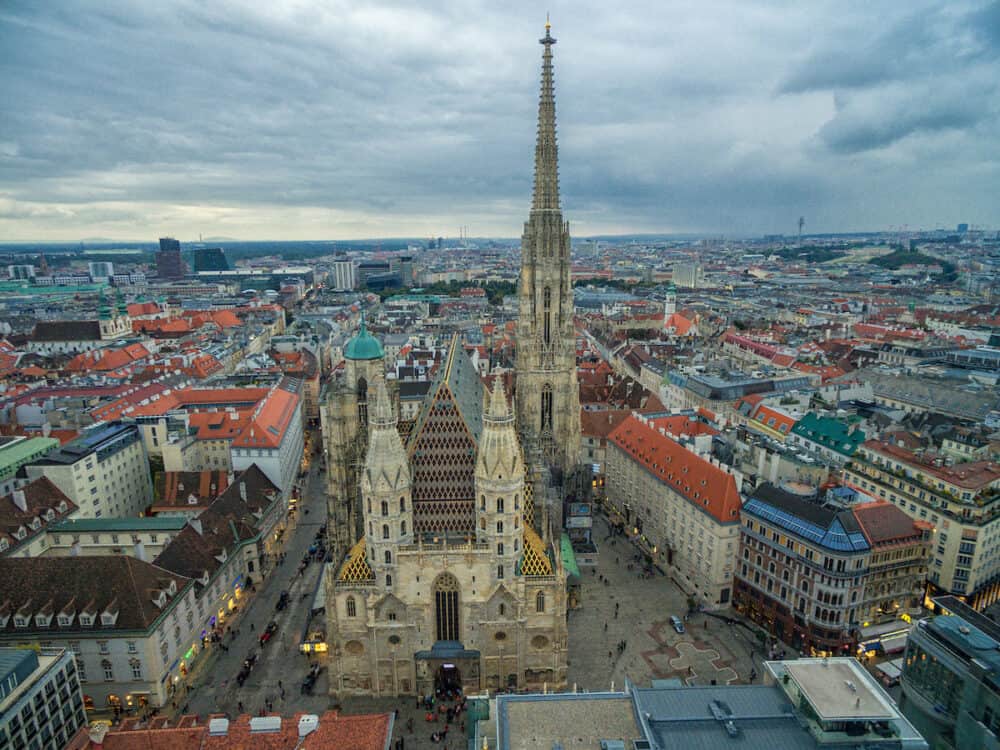
Naschmarkt
You only have a few more hours left in this grand city, so it’s time to wind down, take it slow and relish those last few moments at The Naschmarkt. It is located in the 6th district of Vienna and is one of the city’s oldest and largest markets.
It stretches along the Wienzeile, a main road that runs through the heart of the city. The market has a long history, dating back to the 16th century when it was primarily a source of fresh fruits (“naschen” means “to snack” in German) and vegetables.
During the day, the Naschmarkt is bustling with vendors selling a wide variety of goods, including fresh produce, meats, cheeses, spices, and baked goods. However, in the evenings, especially on Fridays, it transforms into a lively night market with a thrilling atmosphere.
The market comes alive with food stalls, restaurants, and bars that offer a diverse range of cuisines, including traditional Viennese, international, and fusion dishes.
From local delicacies like Wiener Schnitzel and Sachertorte to international dishes such as Middle Eastern falafel and Asian street food, the market offers something for everyone. There are also specialty shops where you can find gourmet cheeses, olives, spices, and other culinary delights.
In addition to the food stalls, the Naschmarkt night market features outdoor seating areas and bars where you can enjoy a refreshing drink. To make the most of your time in the markets i would highly recommend a Vienna food tour.
You can sip on a glass of local wine, indulge in a cocktail, or try a craft beer while taking in the lively ambiance of the market. Some nights, the market also hosts live music performances and entertainment, adding to the festive atmosphere.
Apart from the food offerings, the Naschmarkt is also a great place for shopping. You can browse through stalls selling antiques, vintage clothing, books, artwork, and other unique items. It’s a perfect opportunity to find an Austrian souvenir or simply enjoy the vibrant market atmosphere.
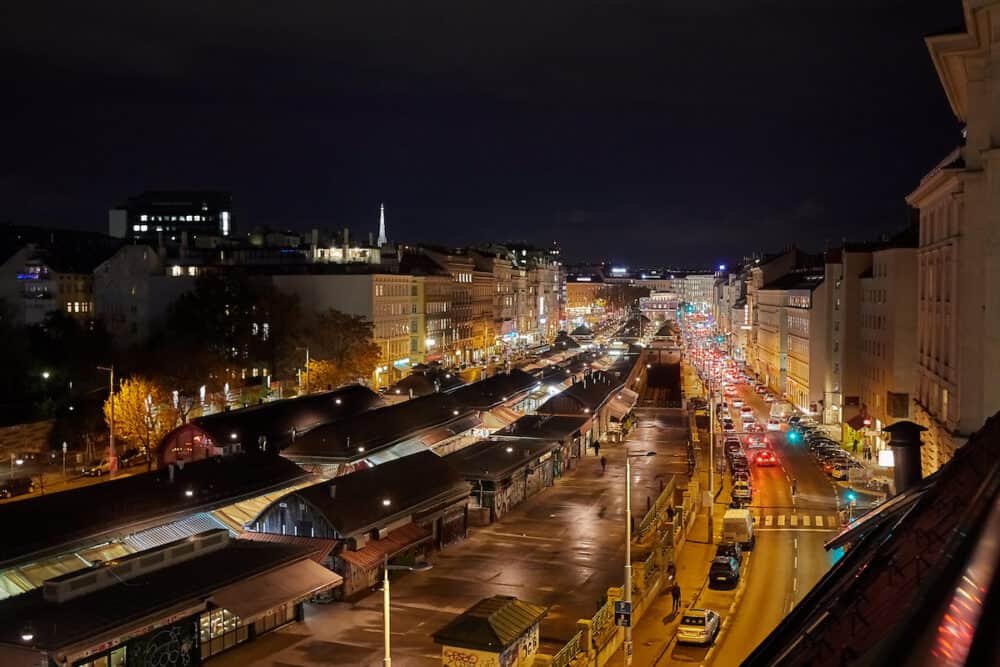
Vienna is like a little snow globe with a central point that blooms in all directions with intricate detail. It’s a one stop destination that encompasses European culture, architecture and style in the most romantic and engaging way possible.
This 3 day itinerary for Vienna takes you walking through Royal ballrooms, encourages you to indulge in delicacies dating back thousands of years and allows you to spend time with pearly unicorns. Vienna implores you to slow down and take in the finer things in life.
Recommended tours in Vienna
- Skip the Line: Schonbrunn Palace & Gardens Guided Tour in Vienna
- Vienna Classical Concert at St. Peter’s Church
- Vienna City Center Small-Group Walking Tour
- Vienna at First Glance a Private Walking Tour for First Time Visitors
- Vienna PASS Including Hop On Hop Off Bus Ticket
- Pastry & Dessert Food Tour of Vienna Small Group Experience
- Skip the Line: Kunsthistorisches Museum Vienna Entrance Ticket
- Vienna Classical Concert at St. Peter’s Church
- Wachau Valley Wine Tasting Bike Tour from Vienna
- Vienna’s Highlights: Food, Coffee and Market Walking Experience
Read more on Vienna:
If you’d like to save it for later, please save it to Pinterest.
